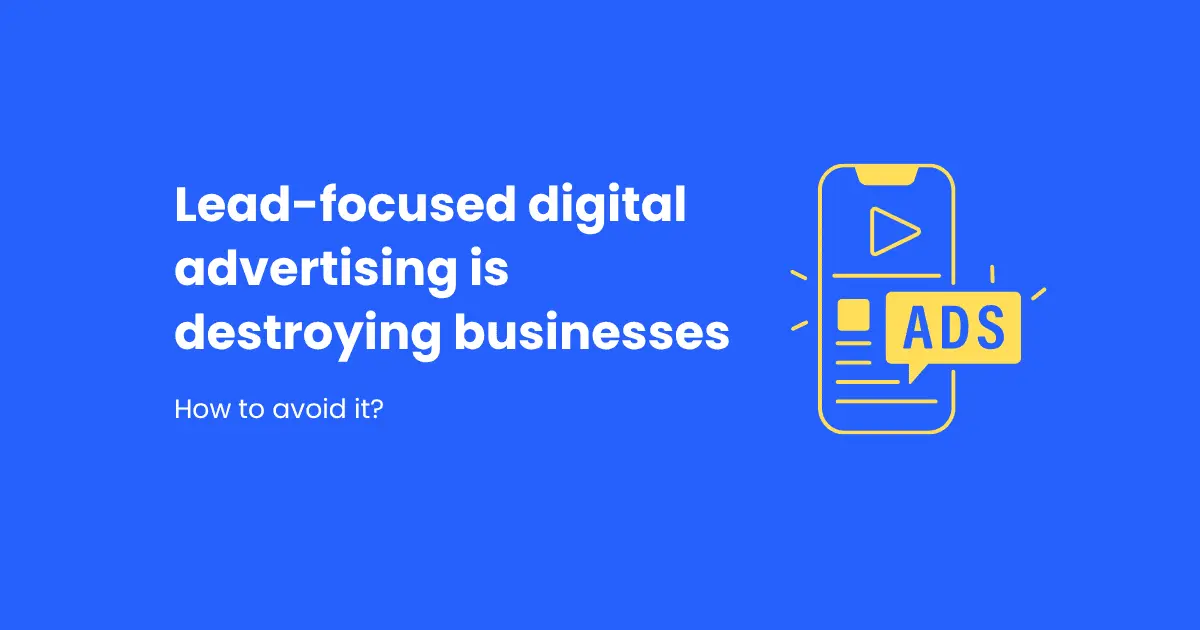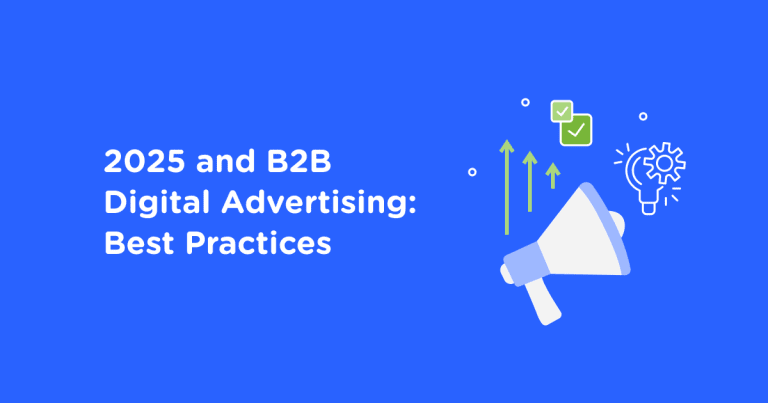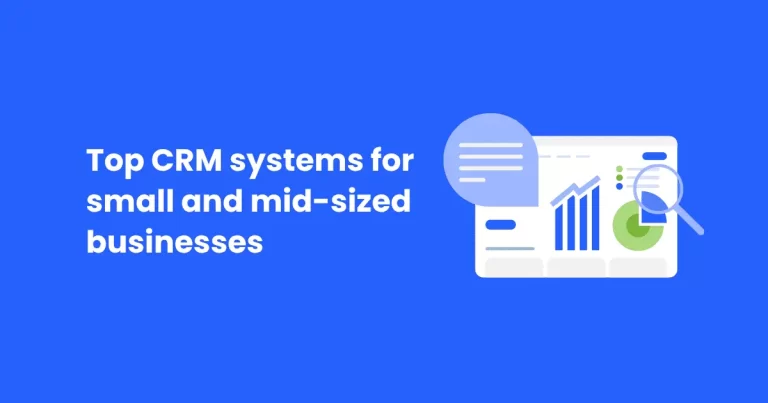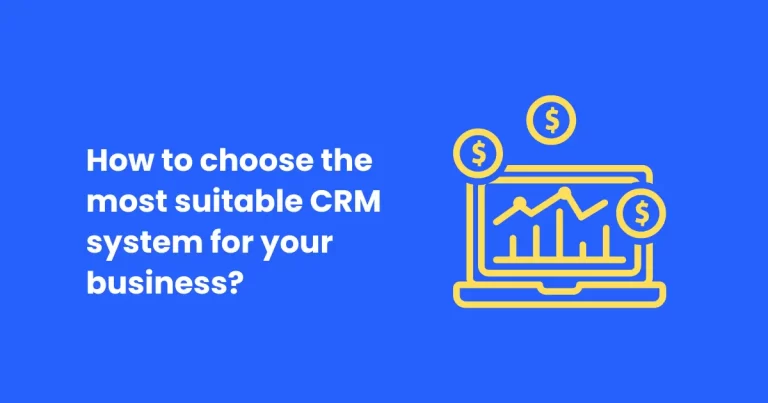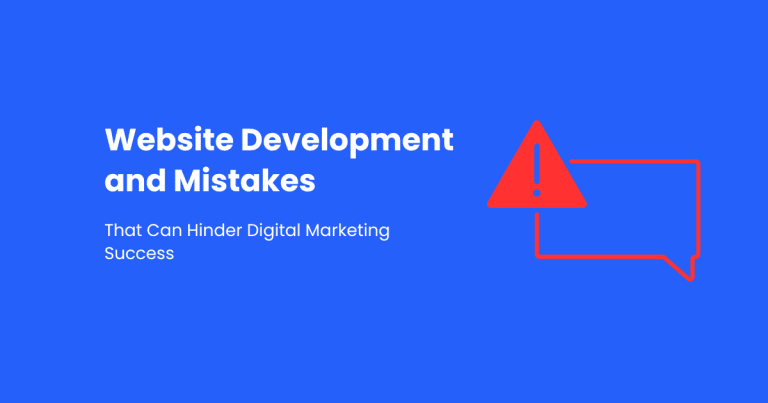Today, more and more businesses are facing a paradox: advertising generates plenty of leads, yet real sales are declining. At first glance, the numbers look impressive, but a closer look reveals that lead quality is deteriorating — many are automated bot submissions, competitor tests, or promotional offers. These signals mislead the AI behind advertising campaigns, causing it to optimize based on inaccurate data. The result? Wasted budgets and stalled business growth. In this article, we’ll explore why this happens and what solutions can help ensure your advertising generates not just quantity, but real value for your business.
Detailed conten:
- The problem faced by businesses whose advertising focuses on lead collection
- Why are the leads generated from ads low-quality?
- Why are ad campaigns increasingly producing poor-quality leads?
- How to fix the situation and generate more high-quality leads?
- The solution for businesses without a CRM system
- The solution for businesses with a CRM system
- How CRM integration enables ad personalization on Google and Meta platforms
- FAQ
Let’s take a closer look at the problem: lead-focused advertising in B2C and B2B businesses
More and more often, we encounter the same story: companies bring digital marketing reports that look flawless. The number of inquiries from ad campaigns is high, charts are going up, and results seem positive at first glance. Yet a quick look at the sales data reveals the opposite reality — the curve is trending downward, and in some cases, sales have completely stopped. The most common question we hear is: “We don’t understand what happened — and why?”
If your business is in a similar situation, don’t be too quick to blame market changes, the economy, or other external factors. The real problem often lies much closer — within your advertising system and the way leads are tracked.
In fact, in such situations, the risk of losing sales is almost invisible at first. Even if your sales currently seem stable, critical errors in advertising may already be quietly building up. They act like a delayed mechanism: at first, you don’t feel anything, but once the problem finally surfaces, fixing it can become a serious and costly challenge.
Reasons: Why are the leads generated from ads low-quality?
A low-quality lead is one that will never turn into an actual sale. At first glance, it may look like a positive result — but in reality, it has no real value. Such leads include automatically generated bot messages, promotional offers, job inquiries, competitor “tests,” or even completely mistaken contacts that don’t exist at all.
The biggest issue is that this doesn’t happen overnight. At first, everything seems fine — some leads are indeed high quality — but gradually, more and more low-quality data gets mixed in. Over time, this ratio shifts unnoticed until the majority of leads become worthless.
A deeper analysis usually reveals that most low-quality leads come specifically from paid advertising channels, such as Google or Meta campaigns, rather than from organic search or direct traffic.
But why does this happen?
Why are ad campaigns increasingly generating low-quality leads?
The main reason is incorrect event tracking — in other words, how inquiries (leads) are recorded — which misleads the artificial intelligence behind ad campaigns. Platforms like Google Ads, Facebook Pixel, and others often receive all conversions, both high-quality and completely worthless ones. Over time, the share of poor-quality conversions only increases.
The second mistake makes the situation even worse. Naturally, every manager, entrepreneur, or marketing specialist aims to get as many leads as possible at the lowest cost — this is what’s known as optimization. As a result, campaigns are configured to target audiences that generate cheaper leads, but those audiences are not necessarily the ones that truly matter for the business. It’s important to remember that low-quality leads are almost always cheaper to generate than high-quality ones.
So, we end up with a paradox: AI-driven advertising “learns” to pursue the cheapest leads, even if they hold no real value for the business.
The result: impressive numbers, rising charts in reports — and declining sales.
How to fix the situation and generate more high-quality leads
The first step is to review how leads are tracked and passed into advertising campaigns. As long as artificial intelligence is being “fed” low-quality data, it will continue to optimize campaigns in the wrong direction.
The most effective solution is to use a CRM system. A CRM not only helps filter and qualify leads but also allows you to send only meaningful signals back to Google or Meta campaigns — those that actually represent real value. In many cases, even a simple analysis shows that implementing a CRM quickly pays off: the money saved from ad optimization often covers the cost of the system itself, while the business gains additional profit.
When ad campaigns are powered by clean, high-quality data, their performance improves by 20–80%.
That means you can achieve the same results with significantly lower ad spend.
For example:
- If your ad budget is €1,000 per month and CRM integration improves efficiency by just 20%, you’ll save about €200 per month — or €2,400 per year.
- If your budget is €5,000 per month and efficiency increases by 50%, the savings become even more impressive.
That’s why the most important step is to integrate CRM systems and their data into advertising campaigns. This not only reduces costs but also ensures your ads work where they truly create value.
If You Don’t Use a CRM System
If you don’t have CRM integration, it’s crucial to at least reduce the number of low-quality leads being passed into your ad campaign systems. The more “junk” data you feed the AI, the more it gets misled.
1. Check when conversions are being tracked.
A conversion should not be counted just when someone clicks the “Send” button. One user — or a bot — might click several times without ever submitting a real inquiry. This leads to a flood of fake signals that inflate your lead count and confuse ad algorithms.
A lead should only be recorded when the form is actually filled out and submitted.
2. Add extra protection against bots and fake submissions to make it harder for non-genuine users to send inquiries.
3. Don’t forget to qualify your leads.
Leads may relate to different products, services, or questions, so it’s worth assigning different values to them. This helps algorithms better understand which contacts matter most to you and, over time, direct advertising toward users who generate higher value.
4. Include additional “control fields.”
These fields help distinguish inquiries from real potential clients. Track only those leads where responses to control questions have been provided.
If You Have a CRM System
When using a CRM system, a lead should not be recorded immediately, but only after it has been qualified by a sales specialist and assigned as a potential sale. This eliminates all worthless inquiries, ensuring that only high-quality signals are sent back into your ad campaigns. Once the artificial intelligence receives this clean data, it can far more accurately identify potential customers online and target ads specifically to them. The result — a much more efficient use of your advertising budget.
CRM integration allows you to take things even further. You can send not only the lead submission data but also the actual sale back into advertising systems — and even include the sales value.
This makes ad campaigns even more precise: they’re optimized not just for users who send quality inquiries, but for those who are most likely to make higher-value purchases.
That means your advertising stops working for “lead volume” and starts working for real business returns.
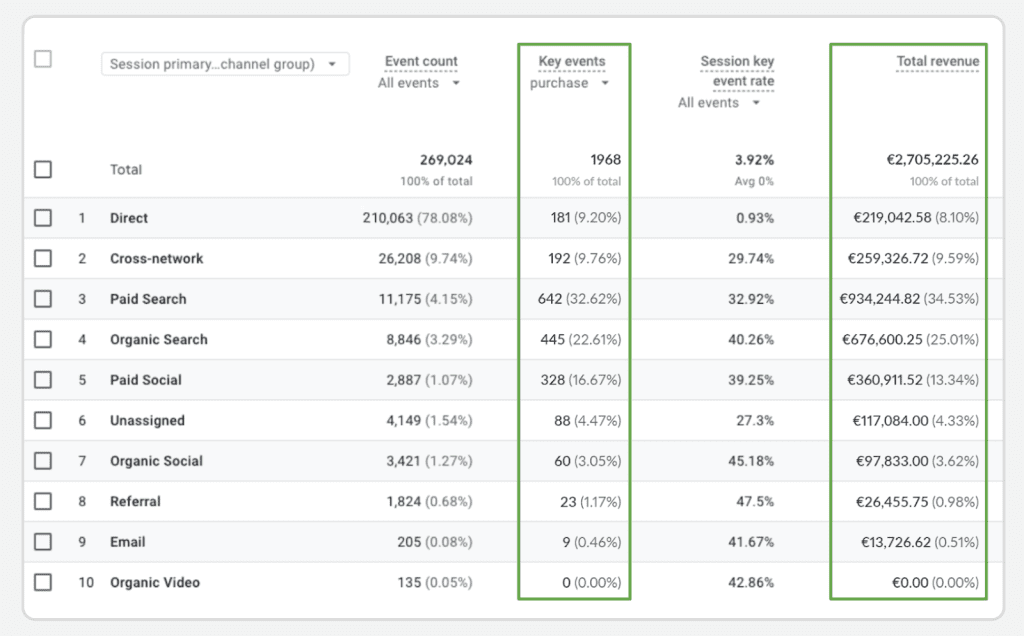
How CRM Integration Enables Ad Personalization on Google and Meta
Situation:
Manufacturers and sellers of plastic windows have two completely different customer groups.
One group consists of end consumers who buy five or six windows once or twice in their lifetime.
The other group includes business clients who purchase in large quantities, regularly and continuously.
Problem:
Both groups behave identically in Google Search — they use the same keywords such as “plastic windows,” “window manufacturer,” or “window price.”
Because the advertising system cannot distinguish between them, both audiences are shown the same universal ad with a generic offer.
The result is that neither audience receives a message tailored to their specific needs, making the advertising less effective.
Solution:
By integrating CRM data into advertising campaigns, it becomes possible to create separate conversion lists — one for end consumers and another for business clients.
This allows ad algorithms to recognize which category a user belongs to, even if they enter the same search terms.
As a result, each audience receives an offer designed specifically for them.
Benefits:
- More accurately targeted advertising
- Messages and offers tailored to each user’s needs
- Clients are directed to the most relevant landing page
- Improved ad quality score, which reduces auction costs
- Advertising becomes not only more precise but also more cost-efficient
And if you do not yet have a CRM system but are seriously considering one, these two RAIBEC articles can help you make the right decision:
How to choose the most suitable CRM system for your business? and Top CRM systems for small and mid-sized businesses.
A Question for Your Business
Today, many companies make the same mistake — they measure advertising effectiveness solely by the number of leads. At first glance, the results seem good: lots of inquiries, lower cost per lead. But a deeper look reveals that a large share of these inquiries are worthless — they mislead advertising systems and, over time, hinder real business growth.
True advertising effectiveness today is measured not by quantity, but by value — how many leads turn into actual sales, how much they contribute to profitability, and what return each euro invested in marketing brings back.
If your advertising is still being “fed” with low-quality data, you risk wasting your budget. But this problem can be solved. CRM integration, lead qualification, and proper data transfer to advertising platforms can completely change the situation: instead of meaningless contacts, you will have a well-trained artificial intelligence that helps attract not just any leads, but the right clients for your business.
So, the question you should ask yourself after reading this article is:
Is your advertising generating real business value — or just empty lead statistics?
If you want to check how your ad campaigns are performing, whether there are critical errors, and learn what solutions can be applied to your business, get in touch with our team.
Together, we can not only identify these issues but also build a tailored, effective digital marketing strategy that helps your business grow and generate high-quality leads.
FAQ
Why are lead-focused advertising campaigns no longer effective?
Because they often track not only high-quality but also completely worthless inquiries. When advertising systems optimize based on inaccurate signals, the results become distorted. Track only high-quality leads — this will significantly improve campaign performance.
How can you tell that a campaign isn’t working anymore, even though you’re getting plenty of leads?
If you’re receiving many inquiries but few or no sales, it means you’re attracting the wrong type of contacts for your business.
Why isn’t AI a reliable tool for campaign optimization when the goal is lead generation?
Artificial intelligence makes decisions based on the data it receives. If that data is low-quality or irrelevant, it optimizes campaigns according to false criteria — and performance declines even further.
What risks do businesses face when measuring success only by the number of leads?
Such businesses risk losing market share. Advertising budgets are wasted, efficiency decreases, and profitability drops. Meanwhile, competitors who measure success by sales and return on investment gain a significant advantage.
What should be the true measure of advertising effectiveness today?
It should be tied as closely as possible to long-term profitability — whether that’s immediate profit after a purchase or projected profitability over one or several years.
How can you shift from “lead collection” to a real sales growth strategy?
- Integrate CRM systems and their data into your marketing.
- Ensure you can track the entire sales process — from the first contact to the final deal.
- Set KPIs based not on quantity, but on actual sales and profitability metrics.
Need help growing your business? Contact us!
Fields marked with * are mandatory.
